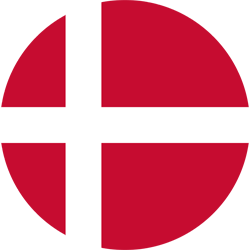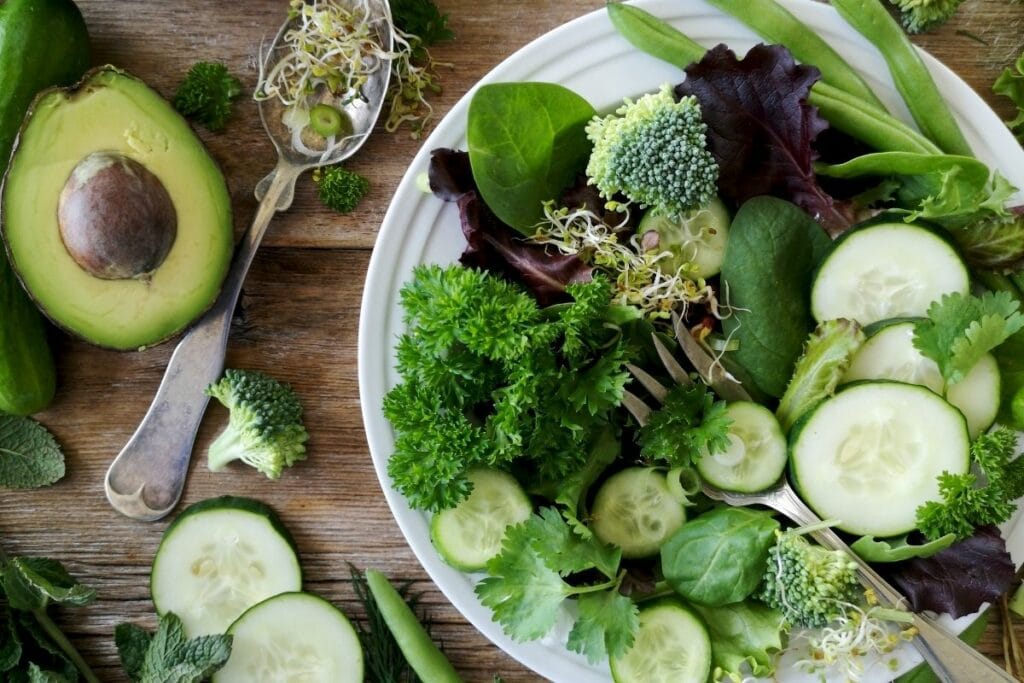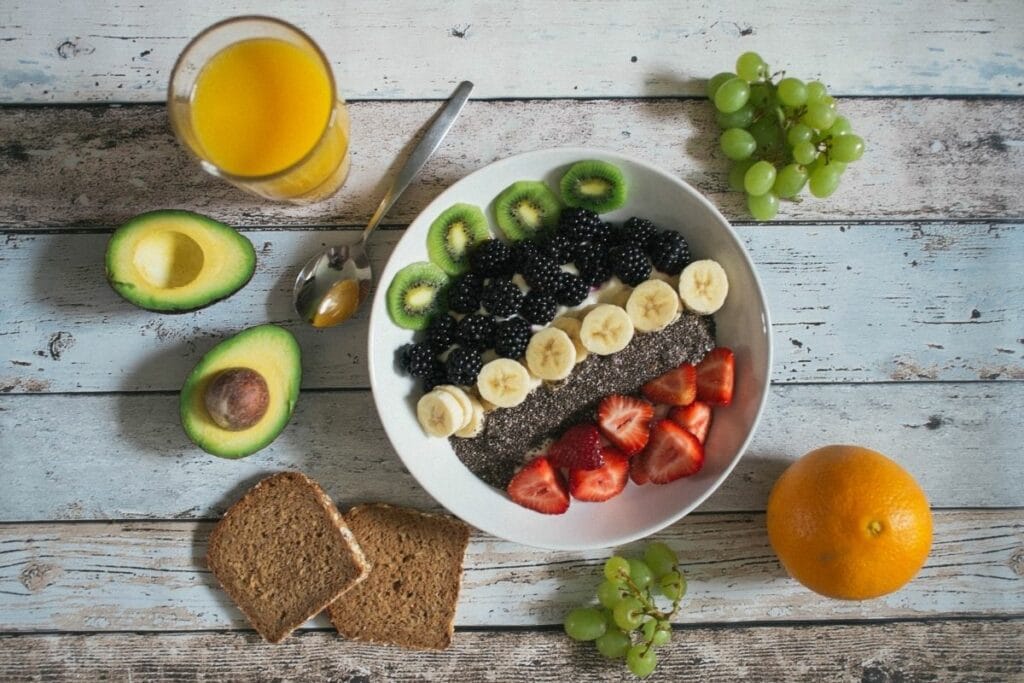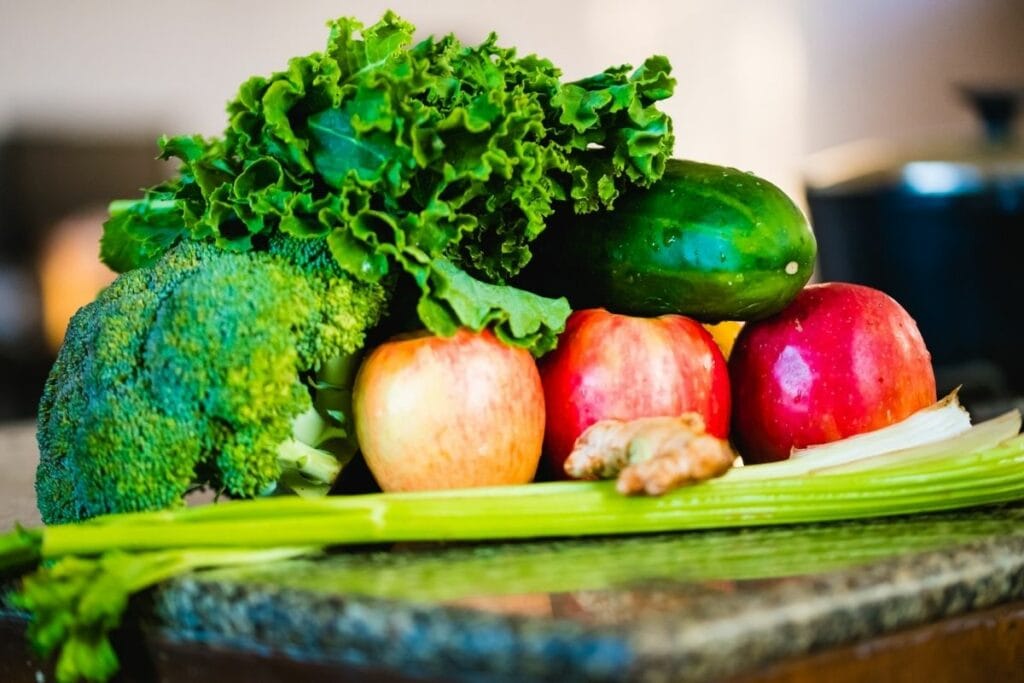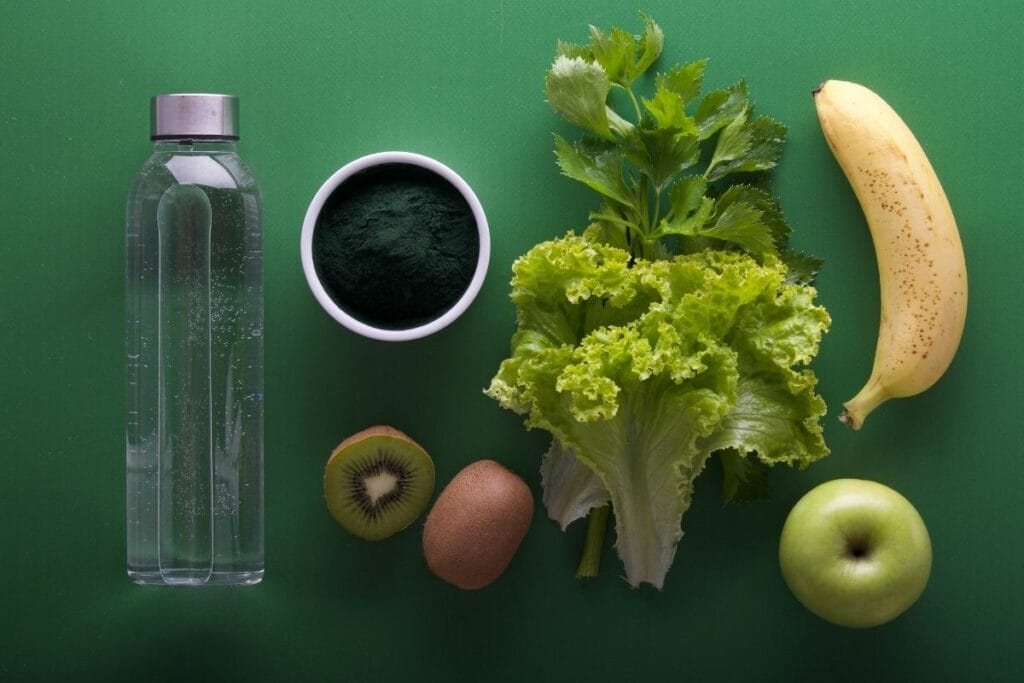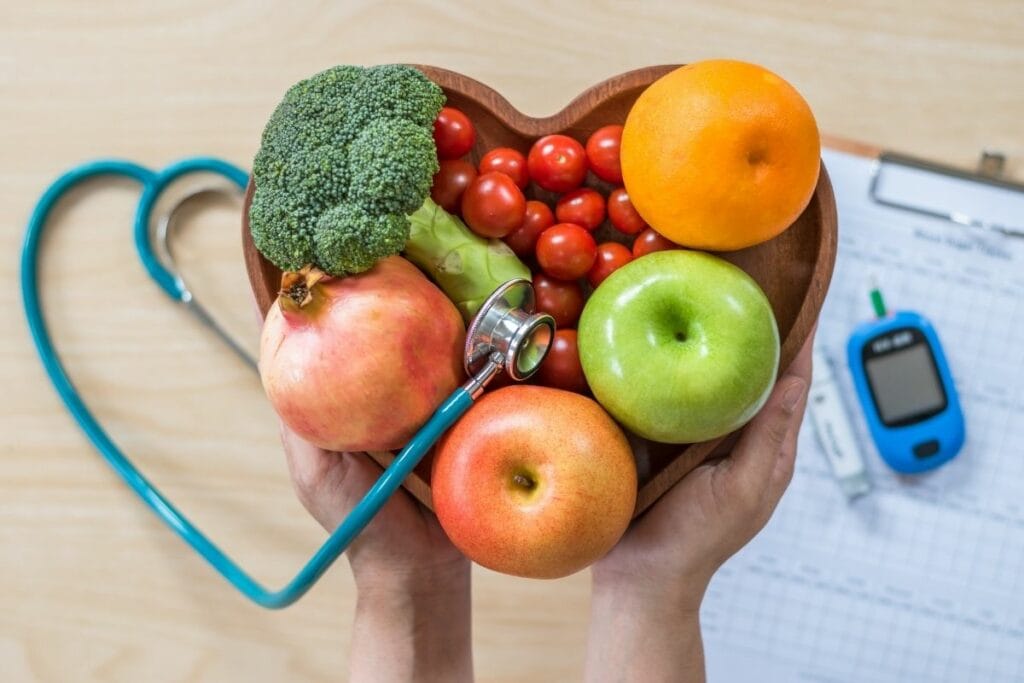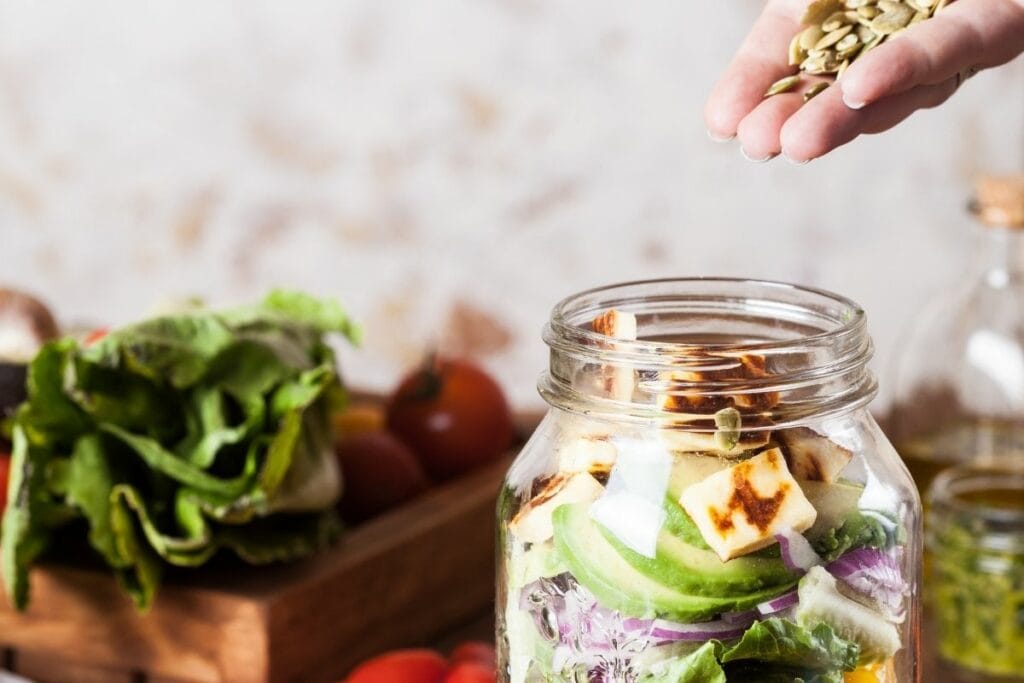A good diet is one that is unprocessed, varied and full-fledged. However, perhaps no less important aspect will be that a good diet should also be possible for a longer period – preferably throughout life – simply by building healthy eating habits. The use of very restrictive diets, excluding entire groups of products or drastically reducing the number of calories – not only will it not bring long-term effects, it can also harm health and significantly slow down metabolism.
So what should we introduce into a healthy diet? First of all, water in any form – soups, smoothies, lemonade, compotes without added sugar, as well as coffee and tea. Dehydration is a condition that we don’t have to associate with someone found in the desert. This is a condition that we experience every day – headaches, trouble concentrating, joint pain against the background of musculofaspasmodic, as well as dry mouth burning sensation in the coil when urinating. Proper irrigation – counting all fluids in the daily supply – should be at least 35 ml/kg of dry body weight, so to put it simply, women should deliver at least 1600 ml on average and men 2300 ml. Isotonic drinks such as SUPERSONIC Beauty Isotonic and Performance Isotonic can behelpful, which, in addition to promoting drinking water, provide the body with electrolytes that support adequate hydration and other functional components, with antioxidant effects such as.
The second indispensable element of a healthy diet is the implementation of an adequate supply of fiber. Unfortunately, statistics in Poland show that the average fiber intake in us is 6-8 g per day, and this value should be about 20-30 g. The adequate supply of fibre depends very much in the context of maintaining health. First, food fibers are the primary prebiotic medium for our microbiome, live bacterial cultures. Without a functioning intestinal ecosystem, it is impossible to maintain adequate health and well-being, because it is bacteria that determine the preservation of health or development of the disease, by controlling for such factors as: immune system (infections, allergies, autoimmune diseases), pro- and anti-inflammatory cytokines (chronic inflammation), mood, defecation, energy levels, skin condition and many others. That’s probably why scientists have been calling the microbiobiom a health generator for several years now. Contrary to appearances, taking care of the right amount of fiber on a daily basis is not so difficult at all. Just choose oatmeal, lamb or buckwheat for breakfast instead of a wheat caizer bun, pour a tablespoon of flaxseed into the omelettes and pancakes, toss a handful of nuts into the salad, and for dessert make a pudding of chia or flaxseed on coconut or almond milk. Fiber in large quantities can be found in whole cereals, nuts and oil seeds (sesame seeds, pumpkin and sunflower seeds), as well as vegetables and fruits – both fresh and dried. Meeting the daily supply of fiber is simply a matter of awareness and desire. Supremacy of porridge with nuts and fruits over hotdog or baguette with ham. Besides, after eating wheat rolls, we will provide a similar amount of calories as in porridge, but the latter will give fullness for 3-4 hours, and after eating the bun after 10 minutes we feel sucking. And we overee. And in this way, we develop insulin resistance, overweight and obesity, and as a result – cardiovascular diseases.
What about protein? Its supply depends on the degree and form of physical activity we promote. Not every meal must include a solid portion of animal protein, but people who are extremely active in strength adaptation, in at least 3 out of 5 meals per day should have a high supply of full-fledged protein, the source of which can be: meat, fish, eggs, offal, seafood. However, this does not mean that plant protein cannot perform a similar function. Mushrooms, as well as buckwheat, quinoa and amaranth are also rich in protein, and are also a valuable source of fiber. People who are not among the strict group of physique athletes can limit animal protein to up to 1-2 meals per day, and the remaining supply supplement with full-fledged plant products listed above. From time to time, leguminous seeds such as beans, peas, soybeans and beans can also be used.
Another component of a healthy and balanced diet is omega-3, -6 and -9 fatty acids, which are included in the NNKT group – essential, unsaturated fatty acids. As you can easily guess, these compounds we cannot produce in our own liver. We need to deliver them along with food. As scientific evidence shows, this is extremely difficult for the vast majority of consumers. This is explained by common chronic inflammatory diseases, heart disease, as well as overweight and obesity.
It is also worth remembering that the basic determinant of a healthy diet is its low degree of processing. What does that mean? That a piece of meat or fish would be a better choice than a cold meat – such as a sausage, salami, or salceson. Instead of choosing popular sugar-sweetened cane flakes, a portion of oatmeal, lamb or buckwheat is a better choice. For a sandwich instead of mayonnaise, it is better to make a slice of avocado or pesto from parsley, garlic and olive oil. By choosing low-processed products, we are able to eliminate many potentially harmful ingredients from the diet, such as preservatives, artificial dyes and sweeteners, flavor enhancers and salt and trans fatty acids.
It is said that basic eating habits – such as the ‘3 without’ diet, which minimises the share of wheat, added sugar and trans fatty acids – and the diversity of food products will guarantee the health of the whole organism, including the digestive system, which will be felt by almost every person who decides to follow the above-mentioned tips for at least 10 days – for health!
For years we have seen two worrying trends that negatively affect our health, well-being and quality of life. On the one hand, a drastic decrease in the quality of food due to the way of production and, on the other hand, changes in our way of life. There is nothing to hide, we live in a hurry. Our daily nutrition is often undervalued and we should supplement it. An interesting and increasingly popular solution is the use of MRP-class products – meal replacement product, i.e. full-fledged meals whose innovative formula – such as Supersonic – allows you to provide full nutritional value, as well as build immunity and delay aging processes thanks to the content of nutraceutics such as lycopene, inactive yeast Yarrowia lipolytica, or bioesters of omega-3, -6 and -9.
To sum up, our daily diet is mostly processed, rich in salt and sugar as flavor enhancers, trans fatty acids to provide a taste experience and shelf life of food products. And then there’s the huge amount of wheat we eat in the form of buns and doughnuts, rolls, pizza bottoms, wafers, toast and all sorts of other foods like pasta, noodles, hooves, dumplings and more. Eating in this way – floury and often fatty, through the addition of cream, butter, lard, rapeseed oil and others, we deliver excessive amounts of calories to the body, thus spoiling our figure and well-being and health. In such a release, our diet is poor in vegetables, fruits and whole grains, which for us are a source of fiber, which is an essential element for maintaining the proper work of the intestines and, consequently, maintaining health, because the intestines are its generator.
Jakub Mauricz – the most recognizable face of sports nutritionist in Poland. Trainer, nutritionist, trainer, didactics.
